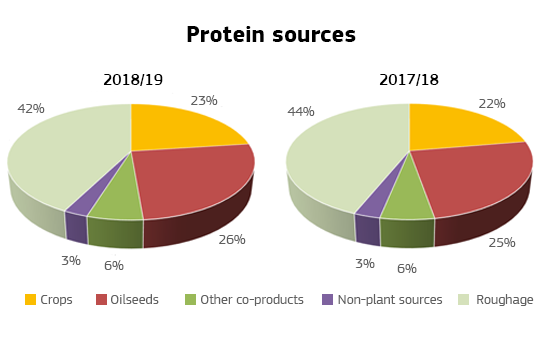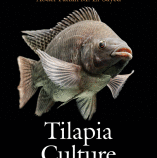The drought observed in 2018 in Europe had a significant impact on the overall feed supply for 2018/2019, according to the 2018/2019 EU feed protein balance sheet published by the European Commission.
The level of EU self-sufficiency and total feed supply decreased compared to the previous years. The self-sufficiency dropped from 80% to 77%, with a lower availability of roughage, partly replaced by higher maize imports. The total feed supply was down by four percent, to 83 million tons, due to the reduced size of cattle and pig herd.
Roughage, such as grass and silage maize, remains the main source of feed protein, representing 42% of the EU total feed use. As oilseed meals and crops, their share increased by one percent each and reached respectively 26% and 23%. While the EU is fully self-sufficient in roughage, the EU produces only 26% of oilseed meals (mainly soya and rapeseed meals) consumed by the EU livestock sector.
Because of lower feed demand, the consumption of all feed protein sources dropped in absolute figures. Within the category of “crops”, there was a shift towards more imported maize and within the category “oilseeds” a small shift towards more soya bean meals, at the expense of rapeseed and sunflower meals.
Download the 2018/2019 EU feed protein balance sheet here.










